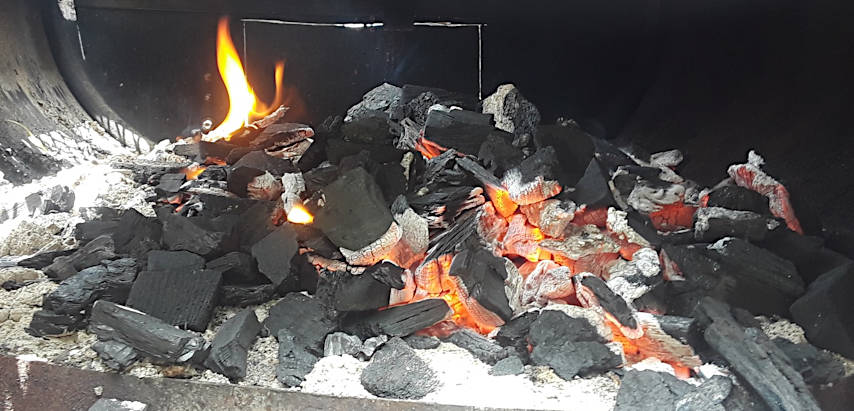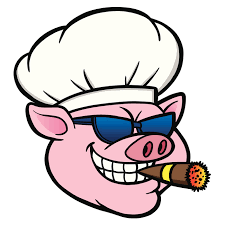Comparison of Lump Charcoal and Briquettes
If you ever follow me on social media, you’ll find that I like to raz people about using briquettes. For the record, it is all in good fun. Both types are perfectly fine to use. But there are differences and here I am going to go over some of them.
What is lump charcoal?
Lump charcoal are whole pieces of wood that have been charred. Whether it has been produced in a controlled environment such as a kiln or heated in 55 gallon drums, the process is the same. The objective is to heat up and remove the impurities (such as moisture) and have a product that is a high concentration of carbon.

You will find a lot of companies utilize hardwoods as their source material and will usually market specifically what type of wood such as Hickory or Oak that the charcoal is made of.
What are charcoal briquettes?
Modern charcoal briquette production begins with sawdust and wood chips sourced from lumber mills. It is a great way to recycle waste that would likely end up in a landfill. Corn starch is then blended in to bind the materials together.
After a few steps in the production process, the ingrediats are then formed in molds to develop consistent sized briquettes.
Which is Better: Lump Charcoal or Briquettes?
The advantages of having briquettes manufactured in molds is that every piece is uniform in size and density. Because of this, temperature fluctuations are minimal and allow for a more even uniform temperature as they burn.
The downside of that however is that some companies put a few too many additional binders in the mixture ,which can impart unwanted flavors. It can also give you some really nasty ignition smoke. So if you buy briquettes, I really recommend buying a quality brand.
The advantages of lump charcoal is it usually burns hotter than briquettes for those who like to grill. Because it is pure wood it can impart a little bit more of that hardwood flavor that it’s made out of, it is usually preferred by the BBQ community that is focused on flavor from the coals.
I typically recommend using lump charcoal for someone who’s looking for that higher heat cook. A good example would be searing a steak or if you’re into grilling in general and you like to cook hot and fast, lump charcoal is just what you’d be looking for.
No matter which charcoal you go with, get a good brand that is known for producing a quality product. You don’t want either types of these charcoals to contain weird chemicals or additives.
Tips for using either
What is the difference between blue and white smoke?
No matter which type of charcoal you use, they will put off a bit of an ignition smoke after you get them lit. Let the coals get good and hot before you add meat to your barbecue. Be sure there’s no more puffy white smoke coming out. You want a thin smoke with a tinge of blue. Again, this is for charcoal only. If you add wood, this will produce its own smoke. So get your charcoal smoke right before adding to it.
Which should I use starting out?
I generally recommend charcoal briquettes for people who like to go low and slow with their barbecue and don’t want to have to monitor it as often. An example would be that you want to cook a pork butt at 250 for a long time.
